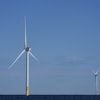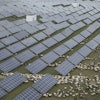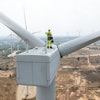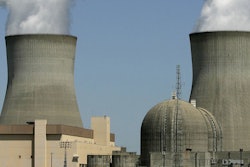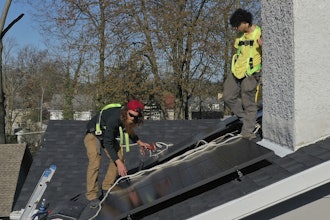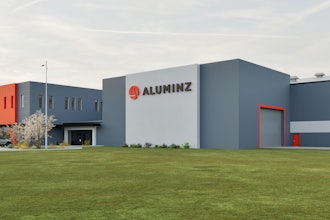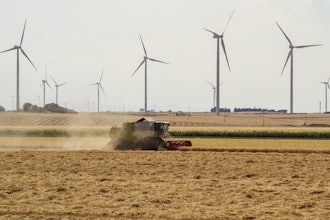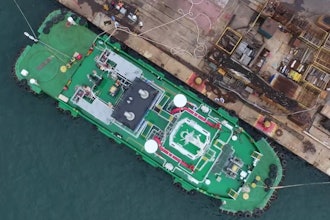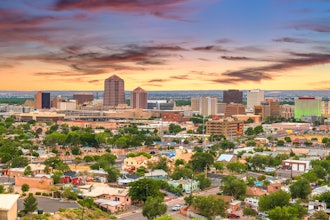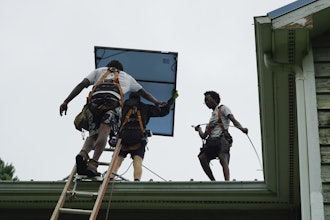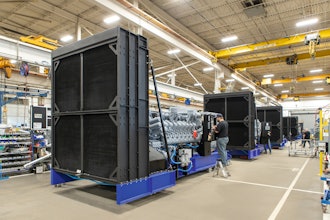Hydropower – energy that comes from water flowing through turbines in dams – is referred to as America’s first renewable electricity source. Kristina Johnson, co-founder and CEO of Cube Hydro, GE Ecomagination Advisory Board Member, and former Under Secretary of Energy, explains how this 100-year old energy source needs a facelift.
Do all the dams in the U.S. produce energy?
There are 80,000 dams in the U.S., and 97 percent do not produce electricity. There are only 2,500 dams that are actually retrofitted with hydropower. Of those 80,000, 54,000 could be retrofitted at a megawatt or more, according to Oak Ridge National Laboratory.
A lot of these dams exist for four purposes: recreation, commercial navigation, flood control and irrigation. But there should be a fifth purpose. If you’re going to have a dam, why not get electricity out of it too?
The Energy Department recently published a report that says U.S. hydropower could grow from hydropower in the United States 50 GW (from 101 gigawatts (GW) of capacity to nearly 150 GW) by 2050. In my opinion, this is appropriately conservative. I believe the report does underestimate the amount that can be achieved through equipment upgrade and modernization and powering of non-powered dams.
What can we do now to get more energy from dams?
The lowest-hanging fruit is clearly to upgrade and modernize plants that are already operating. The average age of those plants is nearly 50 years old. We have technology now that would allow these plants to easily generate more energy.
The second low-hanging fruit would be powering dams that don’t currently generate any power. They’re there for flood control, navigation, recreation, irrigation. There’s tens of thousands that could be powered, and I think we should go power them. If you upgrade and power just the top 100 non-powered dams, you’d probably add enough power to potentially green the entire U.S. government.
I was hiking once in Colorado and I discovered a dam that was needed for drinking water purposes but wasn’t being used for power. I did some investigating and realized the flow from the reservoir to Lyons, Colorado could produce enough electricity to power the entire town – or enough electricity for about 1,500 people. It would be easy to do. We should be doing these projects, so we applied for a permit and I hope we’ll be able to do it.
How does hydropower compare to other forms of renewables like wind or solar?
There are a lot of great ways they can play together.
Here’s how it works with wind. Wind generally blows at night the strongest, so you create a pump storage program, using wind to pump the water up at night. Then during the day, when demand peaks, you use hydro to enhance production. You actually save people money, save utilities money and you’re more efficient.
Hydro is seasonal and so is solar. In the summer, you have a lot of sun and lower water flow after snow has melted. That’s when you pair hydro with more solar. In the winter, when the sun’s low in the sky, that’s when hydro peaks. You can also use hydro to store water if you have ponding, or pooling, capability. When you don’t have as much sun (cloudy days and starry nights), you can use hydro.
Former Under Secretary of Energy Kristina Johnson is CEO and co-founder of Cube Hydro, a private equity fund that owns and operates 19 hydropower facilities in the U.S.

